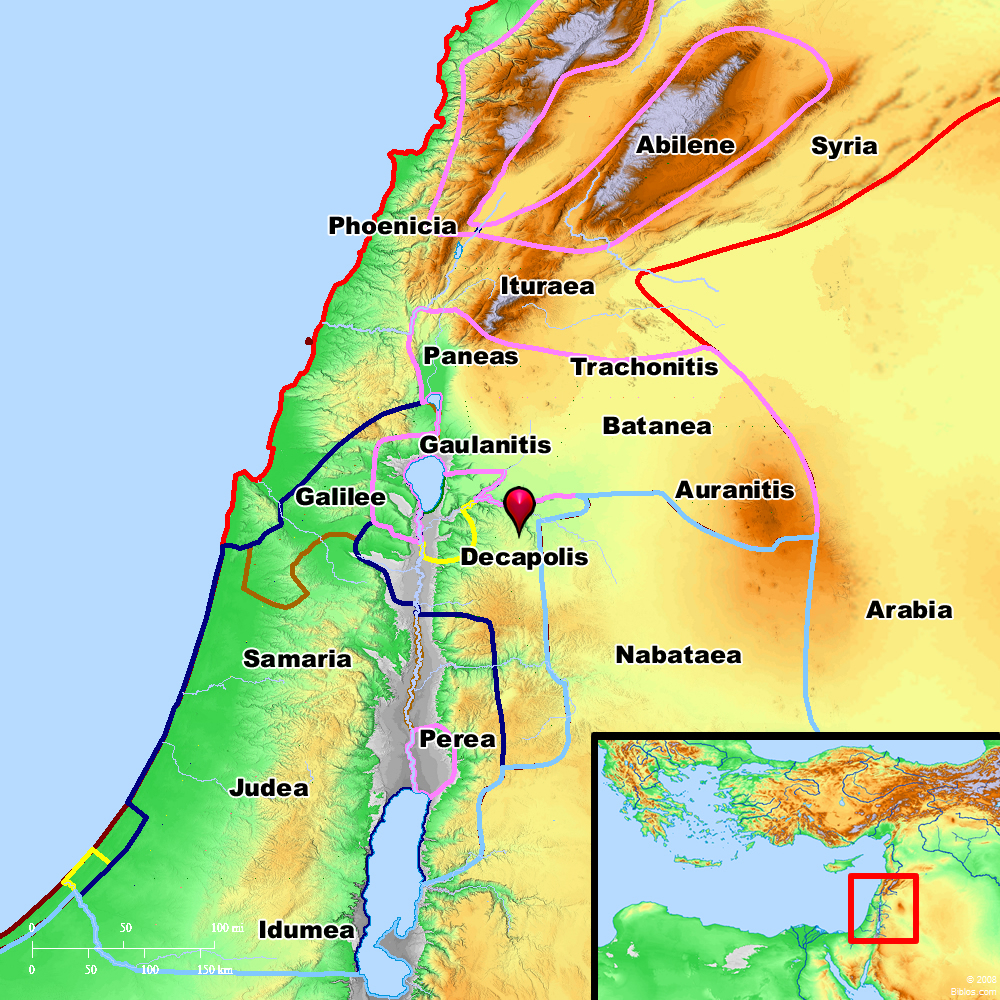Stormcrow, you have good thoughts on Revelation.
I wonder how the LATE DATE theory ever became popular.
Philip Schaff, in his work "History of the Christian Church, Vol. 1", writes the following:
Nero, owing to his youth, beauty, dash, and prodigality, and the startling novelty of his wickedness (Tacitus calls him “incredibilium cupitor,”Ann. XV. 42), enjoyed a certain popularity with the vulgar democracy of Rome.
Hence, after his suicide, a rumor spread among the heathen that he was not actually dead, but had fled to the Parthians, and would return to Rome with an army and destroy the city. Three impostors under his name used this belief and found support during the reigns of Otho, Titus, and Domitian.
Even thirty years later Domitian trembled at the name of Nero. Tacit., Hist. I. 2; II. 8, 9; Sueton., Ner. 57; Dio Cassius, LXIV. 9; Schiller, l.c., p. 288.
Among the Christians the rumor assumed a form hostile to Nero. Lactantius (De Mort. Persecut., c. 2) mentions the Sibylline saying that, as Nero was the first persecutor, he would also be the last, and precede the advent of Antichrist. Augustin (De Civil. Dei, XX. 19) mentions that at his time two opinions were still current in the church about Nero: some supposed that he would rise from the dead as Antichrist, others that he was not dead, but concealed, and would live until he should be revealed and restored to his kingdom. The former is the Christian, the latter the heathen belief. Augustin rejects both. Sulpicius Severus (Chron., II. 29) also mentions the belief (unde creditur) that Nero, whose deadly wound was healed, would return at the end of the world to work out “the mystery of lawlessness” predicted by Paul (2 Thess. 2:7).
SCHAFF, PHILIP ; SCHAFF, DAVID SCHLEY: History of the Christian church. vol. 1. New York : Charles Scribner’s Sons, 1910
The impact Nero had on the society of his day cannot be understated. As Schaff notes, 30 years after his death, people of the late first century were still looking for the return of Nero as the Anti-Christ. Of course, if you believed that then, you would have to practically rewrite Revelation to fit that theory. Unfortunately, that is what happened and this is another example of the pagan influence of the time upon the early church, as noted above.
Much later, along comes Martin Luther, and falsely asserts that the current Pope is the Anti-Christ (1520), and uses Revelation to do so. His charge causes the Roman Catholic Church, at that time, to lose many to Luther's form of Protestanism, so much so that the Roman Church needed to address this charge. In 1585, the RCC commissioned a Spanish Jesuit named Francisco Ribera to come up with an alternative interpretation of Revelation. He began work on his 500 page commentary called "
In Sacrum Beati Ioannis Apostoli, & Evangelistiae Apocalypsin Commentarii",
proposing that the first chapters of the Apocalypse applied to ancient pagan Rome, and the rest referred to a yet future period of 3½ literal years, immediately prior to the second coming.

en.wikipedia.org
In 1611, the King James Version of the Bible was printed in England, and soon everyone capable of both reading and acquiring one could become an "expert" in Biblical hermeneutics and exegesis. Enter Nelson Darby, whose Bible popularized Ribera's view of Revelation through his own commentary, which then heavily influenced Scofield in the U.S. The Scofield Study Bible became a staple of theological seminaries in this country for decades, training church leadership in the Riberan view of Revelation.
And all of it started with pagan rumors that spread to the church. See if any of Ribera's views on Revelation and its Anti-Christ look familiar today:
- Persecute and blaspheme the saints of God
- Rebuild the temple in Jerusalem
- Abolish the Christian religion
- Deny Jesus Christ
- Destroy Rome
- Be received by the Jews
- Pretend to be God
- Kill the two witnesses of God
- Conquer the world.
Again, this is from a book written in the late 16th century that was written specifically to counter the charge that the Pope of his day could not possibly be the Anti-Christ.
Now, if you're Sulpicius, a French Christian historian living in the 4th century, and you believe the early pagan and Christian rumors of Nero's return, you cannot believe that Revelation was written in 68 AD. You have to believe it was written much later to accommodate that belief, and so you get sloppy in translating the Greek, as I noted from Robert Young in the earlier post.
So, ultimately, the basis for the late date writing of Revelation is based on rumors, innuendoes, and lies that can be traced all the way back to Rome at the time of Nero's death, in June of 68 AD.
Hope this helps.
P.S. All of the information provided in this post is freely available on the web. Make research your friend.







